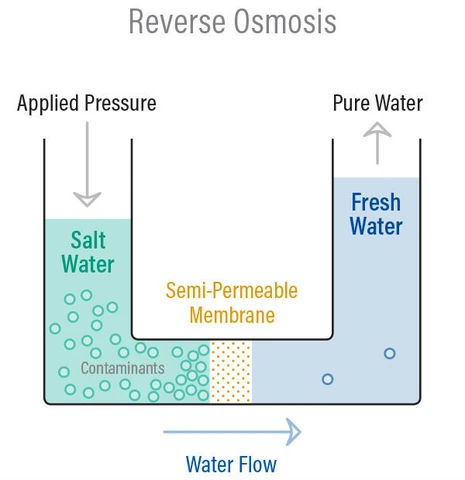WATER PURIFICATION SYSTEMS COMPARISONS: REVERSE OSMOSIS VS DISTILLATION
Irregardless of how efficient your country’s water system is, it will come to a point that the filtering and cleaning of your tap water will be less reliable.
To protect health, most people decide to take extra precautions by installing water filters to ensure their tap water is safe for drinking. Reverse osmosis (RO) and distillation are two of the most popular and effective water filtration methods we have nowadays.
This article will illustrate to you the pros and cons of each system.
How Reverse Osmosis works
Simply to say, reverse osmosis is a process that applies press and uses a barrier in between to push raw water on one side of the barrier to the other side that comes as the filtered water.

The process of reverse osmosis forces water through a synthetic semi-permeable membrane, under pressure. The membrane in theory prevents contaminants from passing through, while allowing the passage of treated water. Large contaminants become trapped in the source water like heavy salts.
There are various types of RO membranes but they all work on the basis of this same theory. Your can choose the right type based on your local water condition. You may consult your local RO system distributor for advice.
No matter which type of membranes to choose, eventually all will clog and deteriorate when it reaches its lifespan, so you have to change it periodically, as how often it is required really depends on your local water condition. And you have no idea if you are changing it too early or to late, which makes you difficult to judge whether the membrane is still effective and if the contaminants already pass through it.

